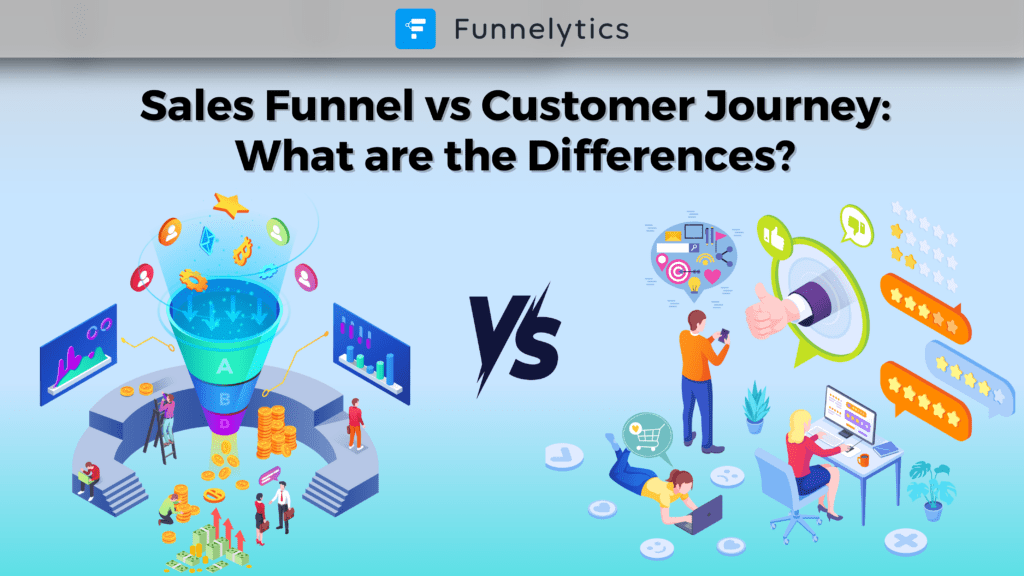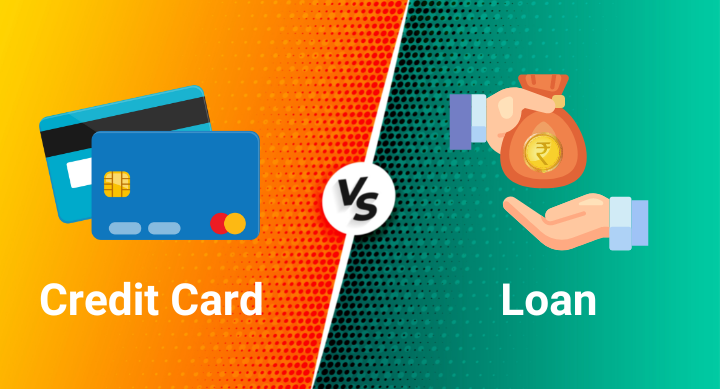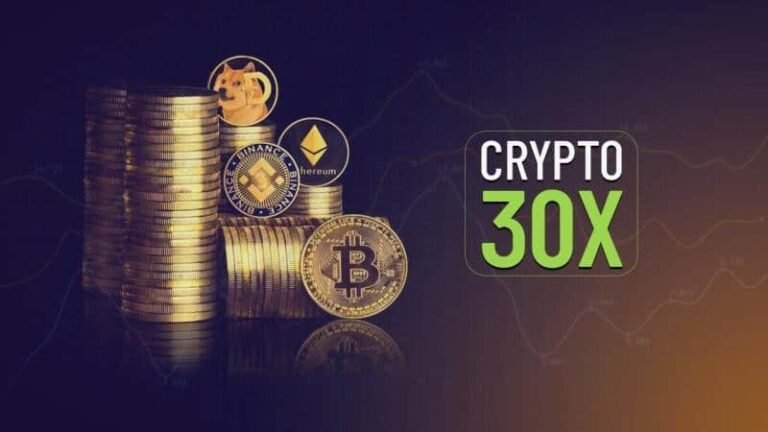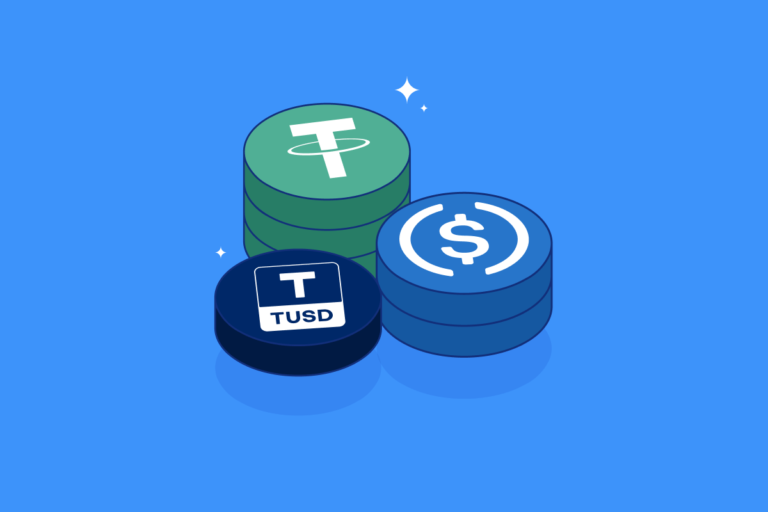Sales Funnel vs Marketing Funnel: How They Differ and Why It Matters
In the complex world of modern business, driving growth requires a clear understanding of how to attract, engage, and convert customers. Two concepts central to this process are the sales funnel and the marketing funnel. While often used interchangeably, these frameworks serve distinct purposes, each playing a unique role in guiding prospects toward a purchase. Misunderstanding their differences can lead to misaligned strategies, wasted resources, and missed opportunities. This article explores the distinctions between the sales and marketing funnels, their respective functions, and why recognizing these differences is critical for optimizing business outcomes.
Defining the Funnels: A Foundational Overview
At their core, both the sales and marketing funnels represent the customer journey from initial awareness to final purchase. However, their scope, focus, and objectives differ significantly. The marketing funnel is a broader framework that encompasses the entire process of attracting and nurturing potential customers, from creating awareness to fostering loyalty. It casts a wide net, aiming to draw in as many prospects as possible and guide them toward engagement.
The sales funnel, by contrast, is narrower and more transactional. It focuses on converting qualified leads—those already engaged by marketing efforts—into paying customers. While the marketing funnel builds relationships and interest, the sales funnel is laser-focused on closing deals. Understanding these distinctions helps businesses allocate resources effectively and align teams to achieve specific goals.
The Marketing Funnel: Building Awareness and Engagement
The marketing funnel is designed to attract a broad audience and nurture them through stages of increasing engagement. It typically follows the AIDA model: Awareness, Interest, Desire, and Action. Each stage serves a distinct purpose in moving prospects closer to a purchasing decision.
In the awareness stage, the goal is to capture attention. This might involve tactics like social media campaigns, content marketing, or search engine optimization. For example, a skincare brand could publish blog posts about common skin concerns to attract curious readers. The focus is on reaching a wide audience, many of whom may not yet be ready to buy.
The interest stage shifts to educating prospects and building trust. Here, marketers provide valuable content—webinars, email newsletters, or case studies—that addresses audience needs. The skincare brand might offer a free guide on choosing the right moisturizer, encouraging prospects to engage further by signing up for emails.
In the desire stage, prospects begin to see the brand as a solution to their problems. Personalized content, such as targeted ads showcasing customer testimonials, can stoke this desire. Finally, the action stage prompts prospects to take a step, like requesting a demo or adding a product to their cart. However, not all actions result in immediate purchases, which is where the sales funnel takes over.
The Sales Funnel: Driving Conversions and Closing Deals
The sales funnel picks up where the marketing funnel leaves off, focusing on prospects who are ready to make a decision. It is typically structured in stages like Lead Qualification, Proposal, Negotiation, and Closing. The goal is to convert warm leads into customers through direct, personalized interactions.
Lead qualification is the first step, where sales teams assess whether prospects have the intent, budget, and authority to buy. For instance, a software company might use a discovery call to determine if a lead’s needs align with its product. This ensures time and resources are spent on high-potential opportunities.
In the proposal stage, sales teams present tailored solutions, such as a customized pricing plan or a product demo. Negotiation follows, addressing objections like cost or implementation concerns. Finally, the closing stage seals the deal, whether through a signed contract or a completed purchase. Unlike the marketing funnel’s broad reach, the sales funnel is intimate, often involving one-on-one communication to finalize transactions.
Key Differences in Scope and Ownership
One of the most significant distinctions between the two funnels is their scope. The marketing funnel operates at the top and middle of the customer journey, focusing on generating and nurturing leads. It casts a wide net to attract diverse audiences, many of whom may never convert. The sales funnel, however, is narrower, targeting only those prospects who have shown clear intent to buy.
Ownership also differs. The marketing funnel is typically managed by marketing teams, who use tools like advertising platforms, CRM systems, and content strategies to engage audiences. The sales funnel, on the other hand, is driven by sales teams, who rely on direct outreach, customer relationship management, and closing techniques to secure deals.
Another difference lies in metrics. Marketing funnels prioritize metrics like impressions, click-through rates, and lead generation rates, which measure engagement and interest. Sales funnels focus on conversion rates, average deal size, and close rates, reflecting their emphasis on tangible outcomes. Recognizing these differences ensures teams measure success appropriately and avoid conflating early-stage engagement with final sales.
Why the Distinction Matters for Strategy
Misaligning the sales and marketing funnels can lead to inefficiencies and missed opportunities. For example, if marketing hands off unqualified leads to sales too early, sales teams waste time chasing prospects who aren’t ready to buy. Conversely, if marketing fails to nurture leads adequately, prospects may drop out before reaching the sales funnel. Clear delineation ensures each team focuses on its strengths—marketing on attraction and engagement, sales on conversion and closing.
Alignment between the two funnels is also critical. When marketing and sales teams collaborate, they create a seamless customer journey. For instance, marketing can use data from sales interactions to refine targeting, while sales can provide feedback on lead quality to improve marketing campaigns. A software company, for example, might learn from sales that prospects value ease of integration, prompting marketing to emphasize this feature in ads.
The distinction also informs resource allocation. Marketing budgets often prioritize reach, investing in channels like social media or paid search to generate leads. Sales budgets focus on tools and training for closing deals, such as CRM software or negotiation workshops. Understanding these priorities prevents overspending on misaligned tactics, such as pouring marketing dollars into low-conversion channels.
Challenges in Bridging the Funnels
Despite their interdependence, aligning the sales and marketing funnels can be challenging. Miscommunication between teams is a common issue. Marketing may prioritize lead quantity over quality, flooding sales with unqualified prospects. To address this, businesses can implement lead scoring systems, where prospects are ranked based on criteria like engagement level or budget fit. This ensures only high-potential leads move to the sales funnel.
Another challenge is maintaining consistent messaging. If marketing promotes a product’s affordability while sales emphasizes premium features, prospects may feel confused or misled. Unified messaging, developed through cross-team collaboration, ensures a cohesive experience. Regular meetings between marketing and sales can align goals and address discrepancies.
Data silos also hinder alignment. If marketing and sales use separate platforms without integration, valuable insights may be lost. A shared CRM system can bridge this gap, providing both teams with a unified view of the customer journey. For example, tracking a prospect’s interactions from email opens to sales calls enables more informed strategies at every stage.
Leveraging Both Funnels for Maximum Impact
To maximize results, businesses must optimize both funnels while ensuring they work in tandem. For the marketing funnel, this means creating high-quality content that resonates with target audiences and using data to refine targeting. A/B testing ad creatives or experimenting with new channels, like influencer partnerships, can boost engagement and lead generation.
For the sales funnel, efficiency is key. Streamlining processes—like automating follow-up emails or using AI to prioritize leads—can accelerate conversions. Training sales teams to handle objections or tailor pitches to specific industries also improves close rates.
Integration is where the magic happens. Retargeting campaigns, for example, can bridge the funnels by re-engaging marketing-qualified leads with personalized ads, nudging them toward the sales funnel. A fitness brand might retarget users who downloaded a free workout plan with ads for a paid subscription, seamlessly transitioning them from marketing to sales.
The Evolving Role of Funnels in a Digital World
As consumer behavior shifts, both funnels must adapt. Digital tools have blurred traditional boundaries, with marketing now capable of driving direct conversions through e-commerce ads and sales leveraging social platforms for outreach. For instance, a B2B company might use LinkedIn to nurture leads (a marketing function) and initiate sales conversations, blending the two funnels.
Emerging technologies also reshape the landscape. Artificial intelligence can analyze customer data to predict which leads are most likely to convert, enhancing both funnels’ efficiency. Personalization, driven by machine learning, allows marketing to deliver hyper-relevant content and sales to craft tailored pitches, creating a more fluid customer journey.
Ultimately, the distinction between the sales and marketing funnels matters because it clarifies roles, optimizes resources, and drives results. By understanding their unique functions—marketing’s focus on attraction and engagement, sales’ emphasis on conversion and closing—businesses canEAD0can create cohesive strategies that maximize ROI. In a world where customer expectations demand seamless experiences, aligning these funnels is not just a strategy—it’s a necessity for sustainable growth.
Last Updated on August 1, 2025 by Shahid Maqsood
Shahid Maqsood, with an MBA and a Master’s in Mass Communications, has 10 years of writing experience. Specializing in news and celebrity coverage, he brings a unique perspective from his love for hunting and camping, difference between. He’s passionate about the outdoors, especially hunting and camping. Shahid contributes to websites like dosttrusty.com, distinctionbetweencom and bruitly.com offering insightful articles on news and celebrities. His straightforward, engaging style makes him a trusted source for readers.






